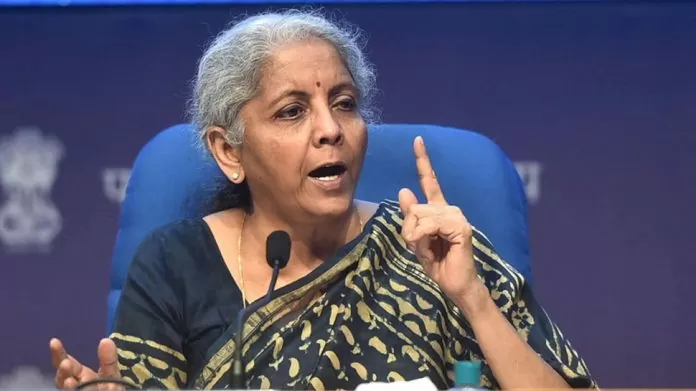Income Tax Filing: With the Income Tax filing deadline coming up on July 31, 2024, one should be aware that there are two types of tax regimes: The old tax regime and new tax regime with different slab rates.
The Government implemented the new tax regime as an optional alternative to the old tax system from the financial year 2020-21. It aimed to provide taxpayers with more flexibility and choice in managing their tax obligations, initially targeting individuals and Hindu Undivided Families (HUF).
Finance Minister Nirmala Sitharaman declared that the new tax structure will be established as the default regime, during the union budget proceedings for the financial year 2023-24.
New tax regime slabs
Up to ₹3 lakh: NIL
₹3-6 lakh: 5% on income which exceeds ₹3 lakh
₹6-9 lakh: ₹15,000 + 10% on income more than ₹6 lakh
₹9-12 lakh: ₹45,000 + 15% on income more than ₹9 lakh
₹12-15 lakh: ₹90,000 + 20% on income more than ₹12 lakh
Above ₹15 lakh: ₹1.5 lakh + 30% on income more than ₹15 lakh
Old tax regime slabs
Up to ₹2.5 lakh: Nil
₹2.4-5 lakh: 5% above ₹2.5 lakh
₹5-10 lakh: ₹12,500 + 20% above ₹5 lakh
Above ₹10 lakh: ₹1,12,500 + 30% above ₹10 lakh
New Tax Regime Exemption List (not exclusive)
- Transport Allowances w.r.t. Person with Disabilities (PwD)
Conveyance Allowance - Travel/ Tour/ Transfer Compensation
- Exemptions for Voluntary Retirement Scheme u/ Section 10(10C)
- Gratuity Amount u/ Section 10(10)
- Leave Encashment u/ Section 10(10AA)
- Deductions on Deposits in Agniveer Corpus Fund u/ Section 80CCH(2)
Old Tax Regime exemption and deduction list
The old tax regime provides several tax exemptions and deductions for individuals. Some of the frequently claimed exemptions and deductions include house rent allowance (HRA), leave travel allowance (LTA), deductions under Sections 80C, 80D, 80CCD(1b), 80CCD(2), and others.
Elevate your career with VIT’s MBA programme that has been designed by its acclaimed faculty & stands out as a beacon for working professionals.



